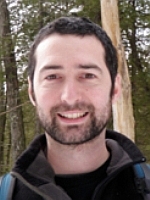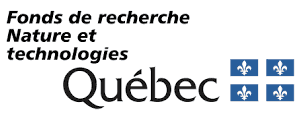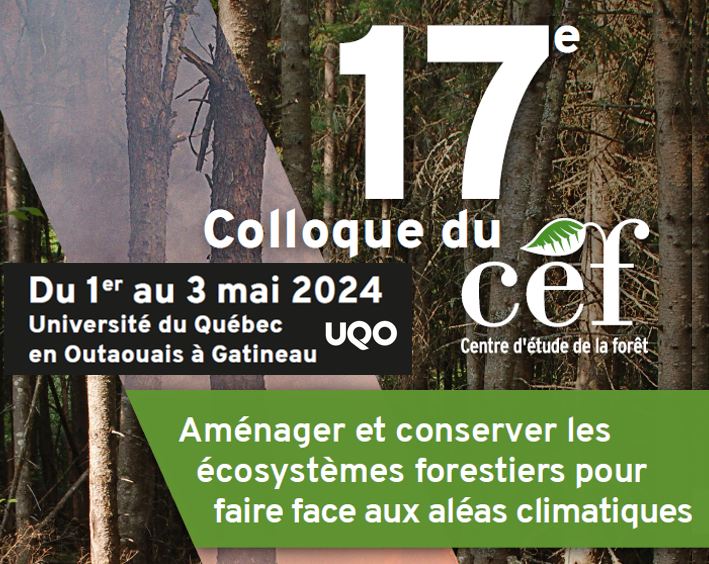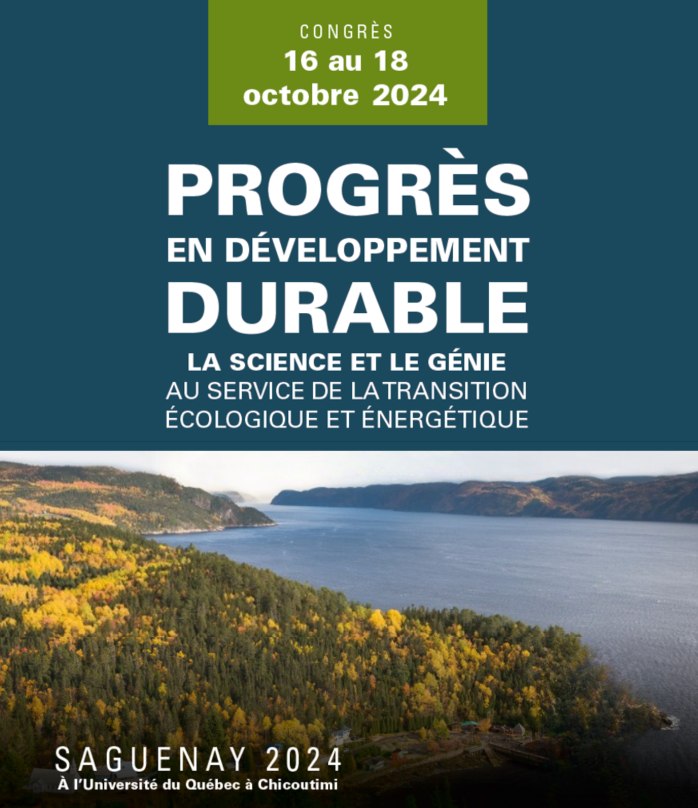Mike Flannigan Projects
Peatfire
This section is taken from a paper on Impacts of climate change on fire activity and fire management in the circumboreal forest by Mike Flannigan, Brian Stocks, Merritt Turetsky and Mike Wotton that has been submitted for publication.
While considerable attention has been paid to the effects of fire activity on the structure and function of boreal forests, less is known about the vulnerability of boreal peatlands to burning. Peat accumulates due to an imbalance between plant C inputs and soil C losses such as organic matter decomposition. Globally, peatlands cover only 2-3 % of the land surface (4 x 106 km2; Joosten and Clarke 2002), but store an estimated 30% of the world’s soil C pool (Gorham 1991).
Peatland ecosystems occur mainly in boreal regions, covering 25-30% of the boreal forest region globally (Gorham 1991; Wieder et al. 2006). Estimates of the total northern peatland C pool have ranged from 42-489 Pg (reviewed by Vasander and Kettunen 2006), though Turunen et al. 2002 suggest that boreal peatlands globally store between 270-370 Pg, a substantial proportion of the estimated total boreal forest C stock of 471 Pg (IPCC 2000). Generally, warmer temperatures will increase evapotranspiration in peatlands, lowering water table position (Roulet et al.1992) and decreasing surface soil moisture content. While surface peat moisture content is expected to influence fire behavior directly (Zoltai et al. 1998), afforestation or other vegetation changes in response to drier peatland conditions (Minkkinen and Laine 1998) could have indirect influence on fire activity in these ecosystems by altering fuel loading and connectivity.
Peatlands actually represent a diversity of ecosystem types that vary considerably in hydrology and vegetation structure, from forested, ombrotrophic bogs to graminoid dominated, saturated or near-saturated minerotrophic fens. Because of varying moisture conditions and fuel structure, these different peatland types also will vary in fire return intervals and rates of fuel consumption. Fire return intervals typically range from 50 – 500 years in boreal forests (Zackrisson 1977; Laberge and Payette 1995), and from 80-1100 years in temperate and boreal peatlands (Heinselman 1973; Tolonen 1985; Kuhry 1994). Fire frequency in peatlands typically is investigated using paleoreconstructions of charcoal in peat cores. However, it is possible that the use of charcoal reconstructions underestimates fire frequency in at least some peatland types due to charcoal degradation or migration in the peat column and/or the large spatial heterogeneity in fuel consumption that tends to characterize peat fires. Using fire perimeter maps and detailed land cover maps of forests and wetlands, Turetsky et al. 2004 estimated fire return intervals of 123 and 105 years for bogs and fens, respectively, in central Alberta. These relatively short fire return intervals are not surprising given that peatlands of western Canada exist on the dry climatic edge of peatland distributions. Nonetheless, peatlands in continental boreal regions such as Alberta store tremendous reservoirs of soil C and are likely to become increasingly vulnerable to fire as climate change lowers water tables and exposes C-rich peat to burning.
The frequency of large fire events (> 1000 km2) has increased across boreal North America from the 1960s to the 1990s, and fires are occurring later in the growing season (Kasischke and Turetsky 2006). We believe that these fire regime changes make many peatlands more vulnerable to deep soil consumption, as burning is more likely to occur during the period of maximum water table drawdown and fuel exposure. The amount of peatlands on the landscape of western Canada is positively related to the size of large fire events, but not small fires (Fig. 1). Given that annual areas of peatland burned in this region is correlated with fire weather variables such as the drought moisture code (Turetsky et al. 2004; Turetsky et al. 2006), we suggest that fuel loading in peatlands, particularly under the extreme fire weather conditions that lead to the development of large fire events, is important to fire behavior in at least some boreal ecoregions. Relationship between peatland abundance on the landscape and the size of large fire events.
Fig. 1. Relationship between peatland abundance on the landscape and the size of large fire events. There was a spatial threshhold of 1500 km2, above which there was a positive relationship between fire size and peatland abundance. There was no significant relationship between peatland abundance and the size of smaller fire events, suggesting that peatland distributions are important only to larger fire events that likely occur during extreme fire weather conditions
Published estimates of fuel consumption during peat fires are rare, but average 3.2 kg C m-2 during individual fire events (reviewed in Turetsky and Wieder 2001). Generally, however, consumption rates show tremendous spatial variability in peatlands due to microtopography controls on soil moisture (Benscoter and Wieder 2003) and fire weather conditions. Using these average fuel emissions estimates, Turetsky et al. 2004 suggest that peat fires across western Canada (AB, MB, SK, NWT) emit up to 6 Tg C to the atmosphere annually. Given that fires release 27 ± 6 Tg C yr-1 Canada-wide, peat fires already appear to be important contributors to regional C emissions. However, given that C density increases exponentially with depth throughout peat columns, deeper burning invoked by drought and lower water table position in peatlands has the potential to greatly exacerbate atmospheric C emissions. It is important to note that, unlike fuel consumption during upland forest fires, consumption during peat fires is always moisture-limited rather than fuel-limited. Thus, increases in fuel consumption and C emissions under climate change are likely to be greater in peatlands than in uplands.
References
Benscoter BW, Wieder RK (2003) Variability in organic matter lost by combustion in a boreal bog during the 2001 Chisholm fire. Canadian Journal of Forest Research, 33,2509-2513.
Gorham E (1991) Northern peatlands: role in the carbon cycle and probable responses to climatic warming. Ecological Applications, 1,182-195
Heinselman ML (1973) Fire in the virgin forests of the Boundary Waters Canoe Area, Minnesota. Quaternary Research, 3,329-382.
IPCC (2000) Land Use, Land-use Change, and Forestry. Cambridge University Press, Cambridge, UK.
Joosten H, Clarke D (2002) Wise use of peatlands – background and principles including a framework for decision making. International Mire Conservation Group and the International Peat Society. Jyväskylä .
Kasischke ES, Turetsky MR (2006)Recent changes in the fire regime across the North American boreal region – spatial and temporal patterns of burning across Canada and Alaska. Geophysical Research Letters, 33, L09703, doi:10.1029/2006GL025677.
Kuhry P (1994) The role of fire in the development of Sphagnum-dominated peatlands in western boreal Canada. Journal of Ecology, 82,899-910
Laberge M, Payette S (1995) Long-term monitoring of permafrost change in a palsa peatland in northern Quebec, Canada: 1983-1993. Arctic and Alpine Research, 27,157-171.
Manö S, Andreae MO (1994) Emission of methyl bromide from biomass burning. Science, 263,1255-1257
Minkkinen K, Laine J (1998) Long-term effect of forest drainage on the peat carbon stores of pine mires in Finland. Canadian Journal of Forest Research, 28, 1267-1275.
Roulet N, Moore T, Bubier J et al. (1992) Northern fens – methane flux and climatic change. Tellus B, 44,100-105.
Tolonen M (1985) Paleoecological record of local fire history from a peat deposit in SW Finland. Annales Botanici Fennici, 22,15-29
Turetsky MR, Amiro B, Bhatti J (2004) Peatland burning and its relationship to fire weather in western Canada. Global Biogeochemical Cycles, 18, GB4014, doi:10.1029 / 2004 GB002222.
Turetsky MR, Harden JW, Friedli HR et al. (2006) Wildfires threaten mercury stocks in northern soils. Geophysical Research Letters, 33,L16403, doi: 10.1029/2005GL025595.
Turetsky MR, Wieder RK (2001) A direct, field approach to quantifying organic matter lost as a result of peatland wildfire. Canadian Journal of Forest Research, 31, 363-366.
Turunen J, Tomppo E, Tolonen K et al. (2002) Estimating carbon accumulation rates of undrained mires in Finland – application to boreal and subarctic regions. Holocene, 12, 69-80.
Vasander H, Kettunen A (2006) Carbon in Boreal peatlands. In: Boreal Peatland Ecosystems, Ecological Studies 188 (eds Wieder RK, Vitt DH), pp 165-194. Springer-Verlag, Heidelberg, Germany
Wieder RK, Vitt DH, Benscoter BW (2006) Peatlands and the Boreal forest. In: Boreal Peatland Ecosystems, Ecological Studies 188 (eds Wieder RK, Vitt DH), pp. 1-8. Springer-Verlag, Heidelberg, Germany.
Zackrisson O (1977) Influence of forest fires on the north Swedish boreal forest. Oikos, 29,22-32
Zoltai SC, Morrissey LA, Livingston GP et al. (1998) Effects of fire on carbon cycling in North American boreal peatlands. Environmental Reviews, 6,13-24











